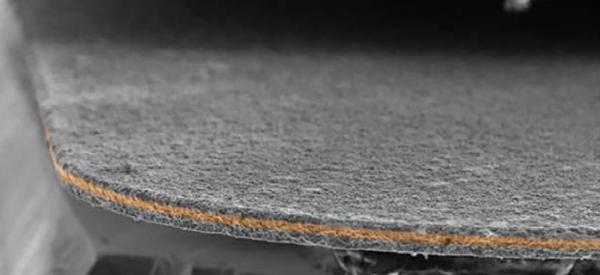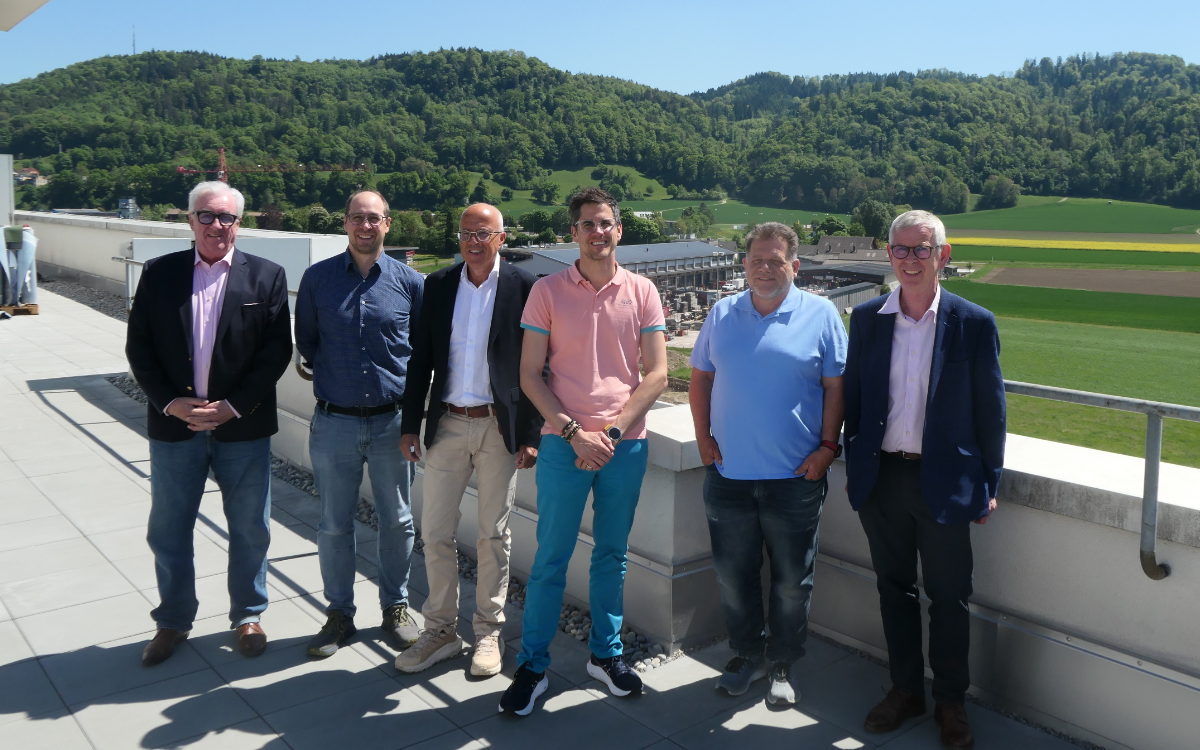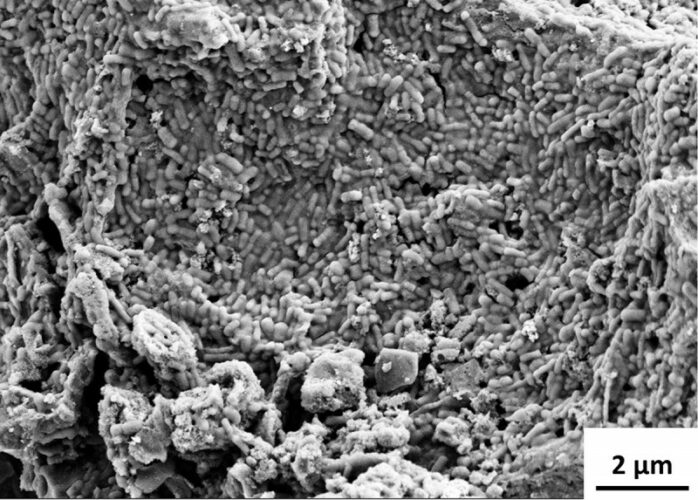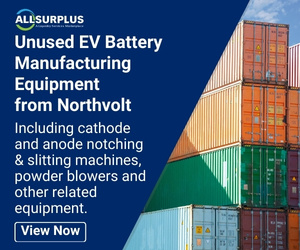A US firm is claiming to have developed a lithium-ion silicon anode that will give electric vehicles 30% more range in a single charge.
California-based Enevate has designed a porous silicon anode that it says can hold more lithium ions and move them around faster and at lower cost than traditional anode materials.
Enevate envisions its cells could be charged up to 75% capacity (at 10C charge rates) in five minutes and last 1,000 cycles to 80% capacity.
When BEST asked when it was expected to reach commercialisation, a spokesman said: “We are currently designing for the 2024-2025 model year and in the commercialization phases.”
Among the company’s strategic investors are: Renault, Nissan, Mitsubishi, LG Chem, and Samsung. The company is also engaged with a number of global Tier1 automotive makers.
The firm’s technology differs from other silicon-based anode designs in that it doesn’t use silicon oxide or a mix of silicon and carbon. It does use a pure elemental silicon anode layer— which the company will only say is “significantly higher” than 70%— that requires less space than a graphite anode layer used in a conventional cell. The anodes also have no binders (inactive materials).
The company says its anode has around 3,000mAh/g available specific capacity.
The company boasts 2019 Chemistry Nobel Prize winner and lithium-ion inventor John Goodenough on its Advisory Board.
BEST first wrote about Enevate in 2015 when it won $30 million of funding just as it announced a breakthrough in the charge rate of its HD-Energy batteries.
Last year, Thailand-based energy company Bangchak made a “significant” undisclosed investment in the company.












